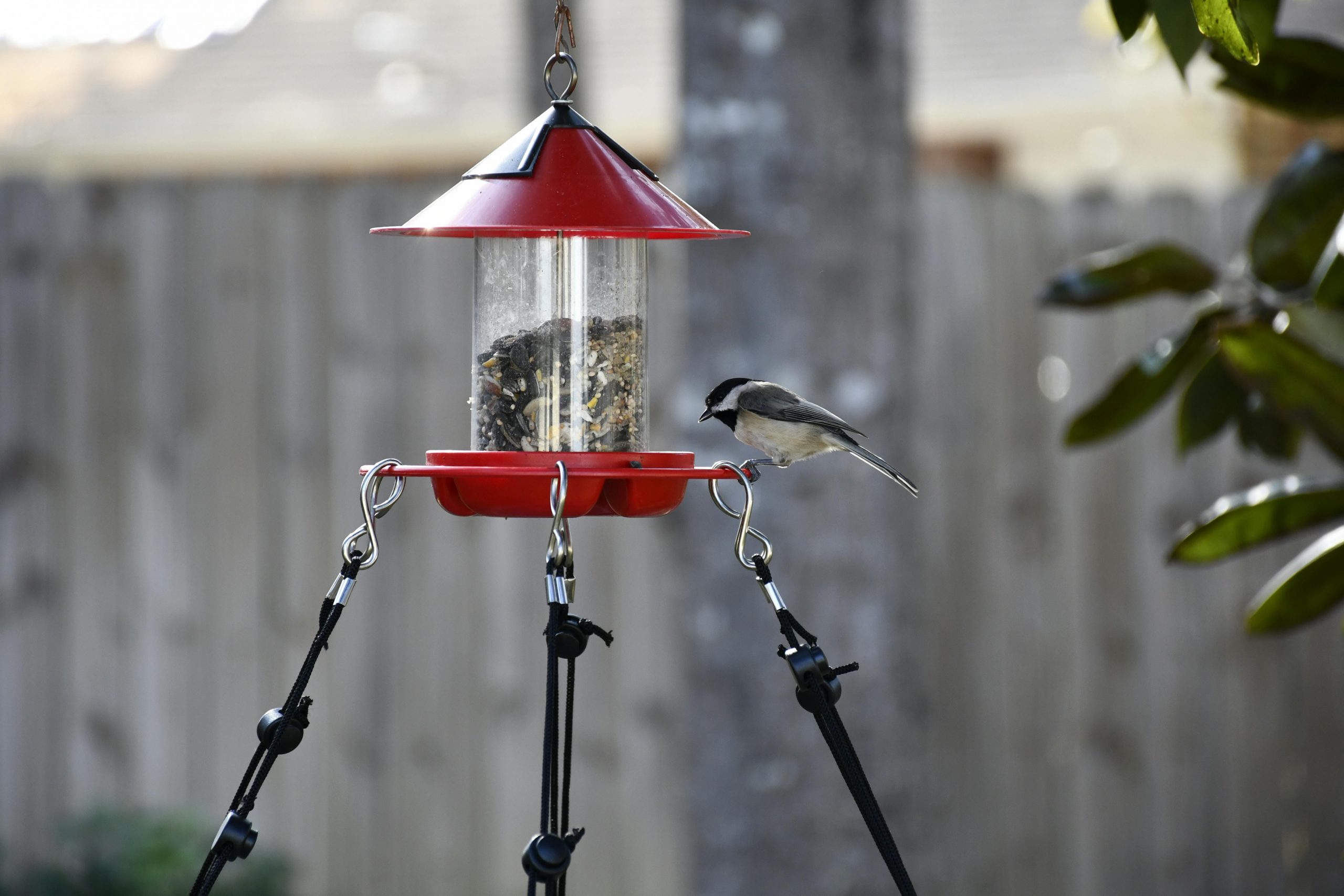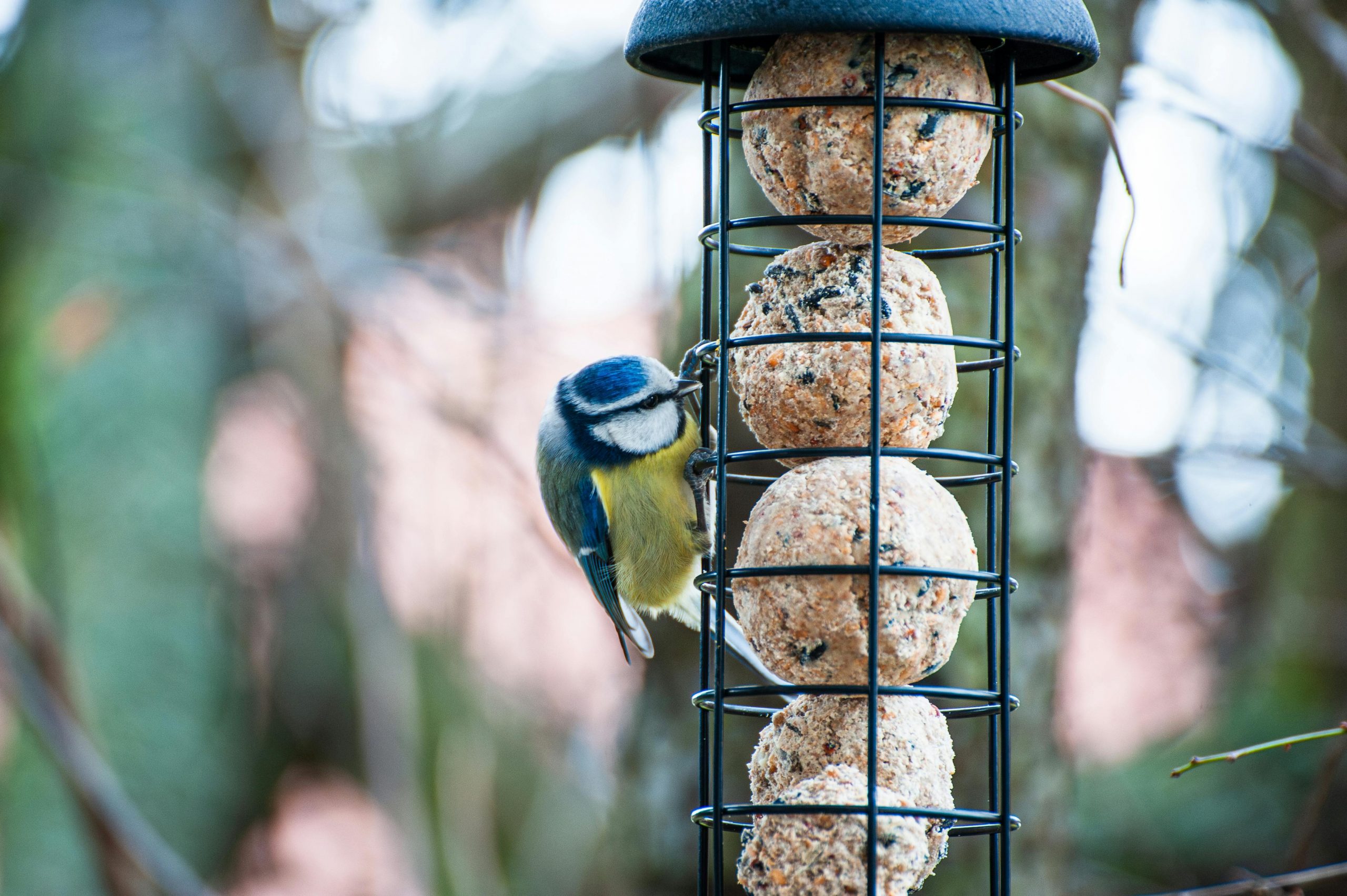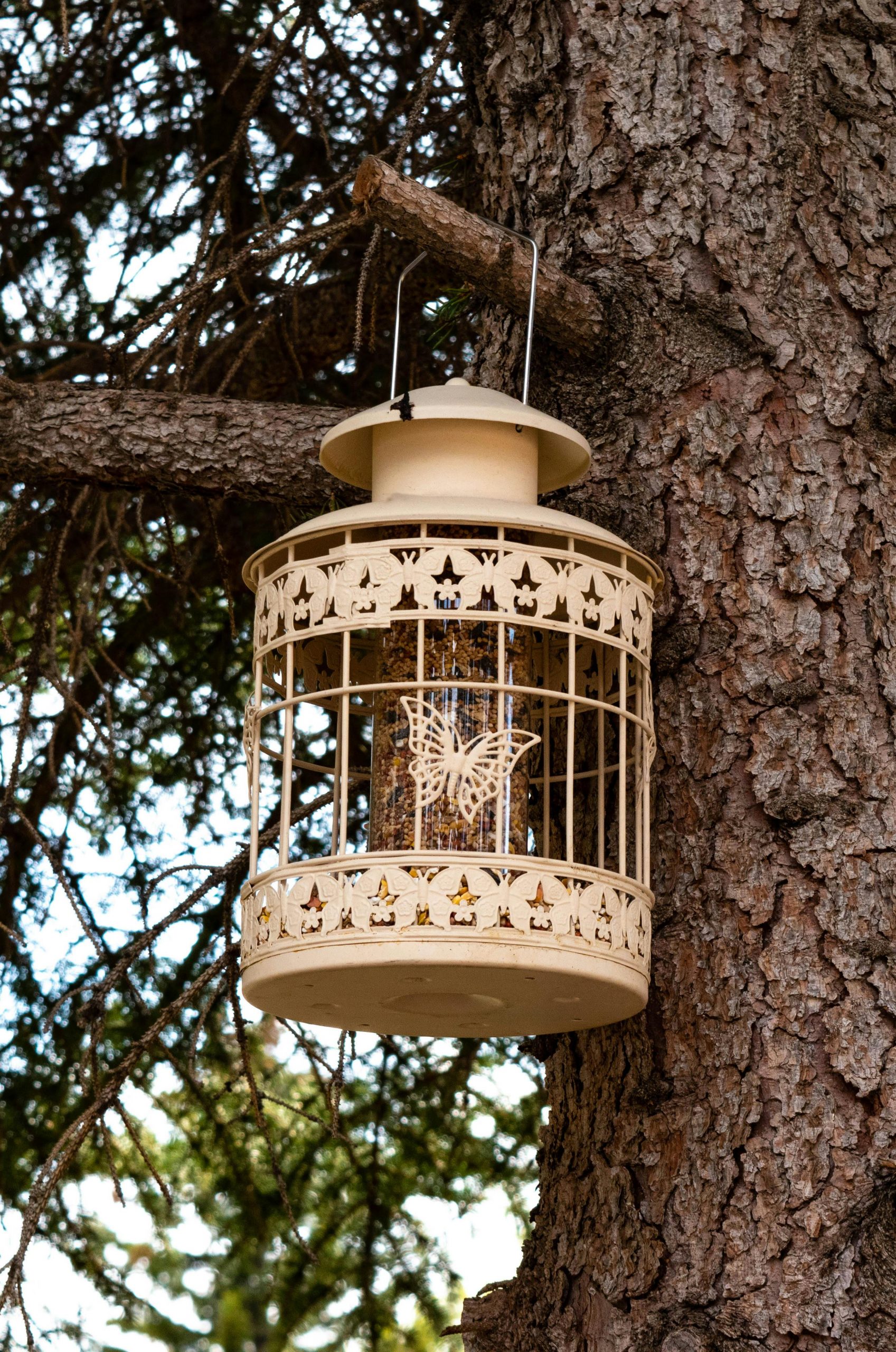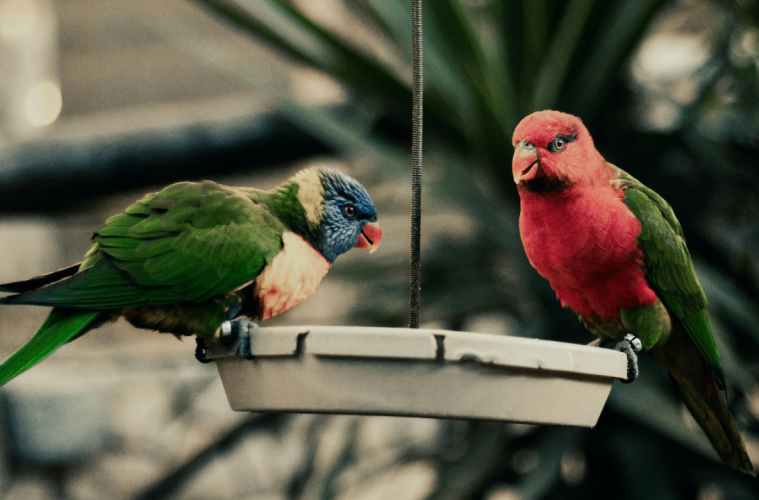Having bird feeders in your garden is a delightful experience for both you and the birds. Not only do you get to enjoy watching a variety of beautiful birds, but they also get a reliable source of food to help them thrive. To make sure your bird feeder attracts the most visitors and keeps them safe, follow these simple guidelines.

Pexels
Ideal spots for your bird feeder
Close to natural shelter
The best place to hang your bird feeder is near natural shelter like trees, bushes, and other plants. Birds feel safer when they have a place to hide from predators, so placing feeders near these shelters will attract more birds. However, avoid hanging the feeder directly from a tree branch, as this can make it easy for squirrels and other pests to steal the bird food.
A safe distance from windows
Birds often fly into windows because they see reflections of the sky or trees, leading to injuries or even death. To prevent this, keep your feeder either within 3 feet of a window or more than 15 feet away. This reduces the chances of birds getting confused and crashing into the glass.
Visible from inside
Part of the joy of having a bird feeder is watching the birds from the comfort of your home. Place the feeder where you have a clear view from your windows. This way, you can enjoy birdwatching while staying cosy inside.

Pexels
Choosing the right type of feeder and placement
Seed feeders: Place seed feeders near shrubs or brushy areas. This gives birds a sense of security and allows ground-feeding birds like sparrows and juncos to enjoy any seeds that fall.
Hummingbird feeders: Hang hummingbird feeders in a spot sheltered from the wind, as a swinging feeder can spill the nectar. Avoid direct sunlight to keep the nectar fresh longer.
Suet feeders: These feeders are best placed near trees, as they attract woodpeckers and nuthatches that prefer to feed in wooded areas.

Pexels
Consider sun exposure
Depending on your location and the type of feeder, you may want to limit the amount of direct sunlight the feeder receives. In hotter climates, placing feeders in shadier spots can help keep seeds and nectar from spoiling too quickly. Birds will visit your feeder regardless, but protecting the food ensures it stays fresh and appealing.
With these tips, you’ll create a welcoming environment for birds in your garden. Not only will you provide them with a safe and reliable food source, but you’ll also get to enjoy the beauty and tranquility of birdwatching right from your home.
ALSO SEE: BEE-FRIENDLY: HOW TO INVITE BEES INTO YOUR GARDEN
Feature image: Pexels


